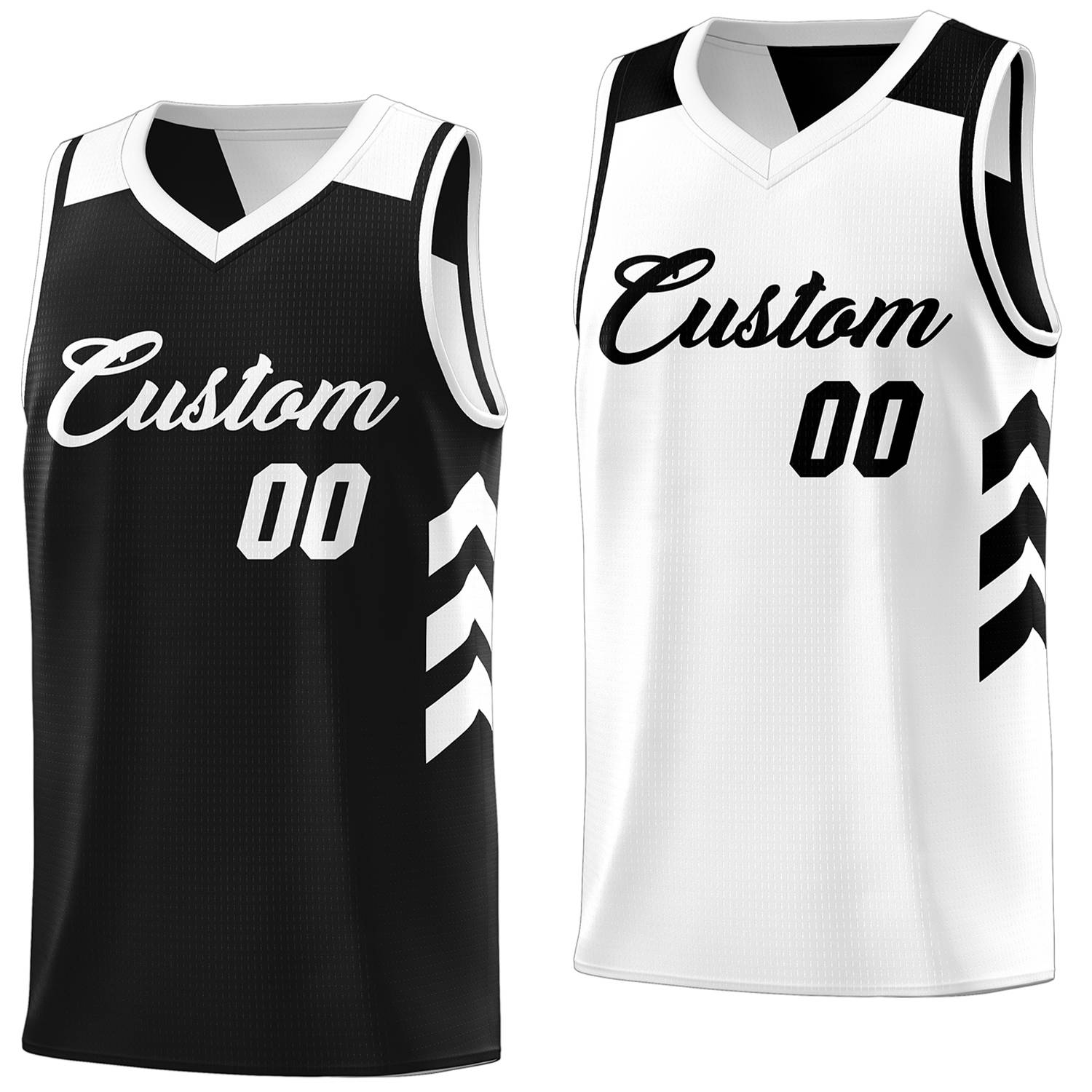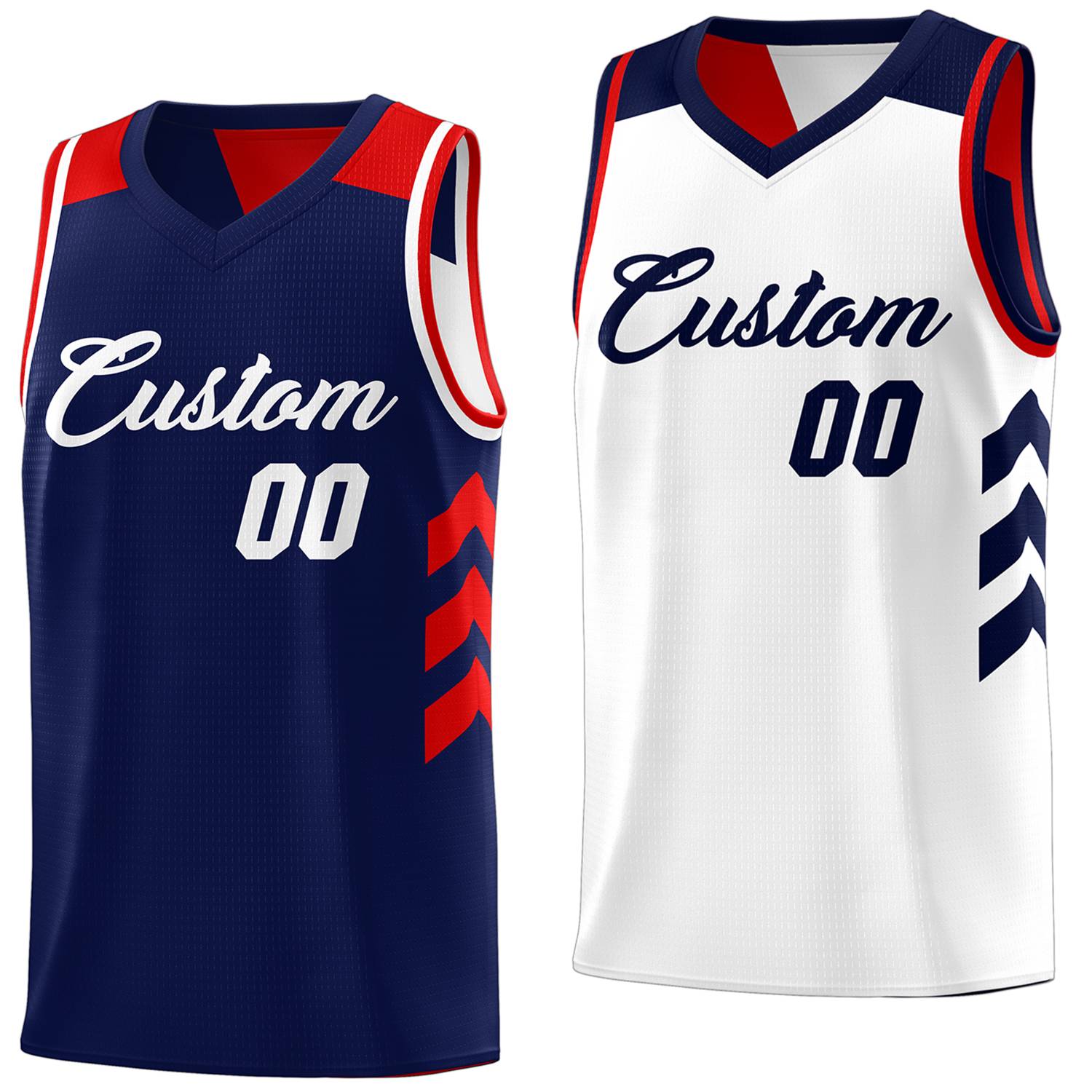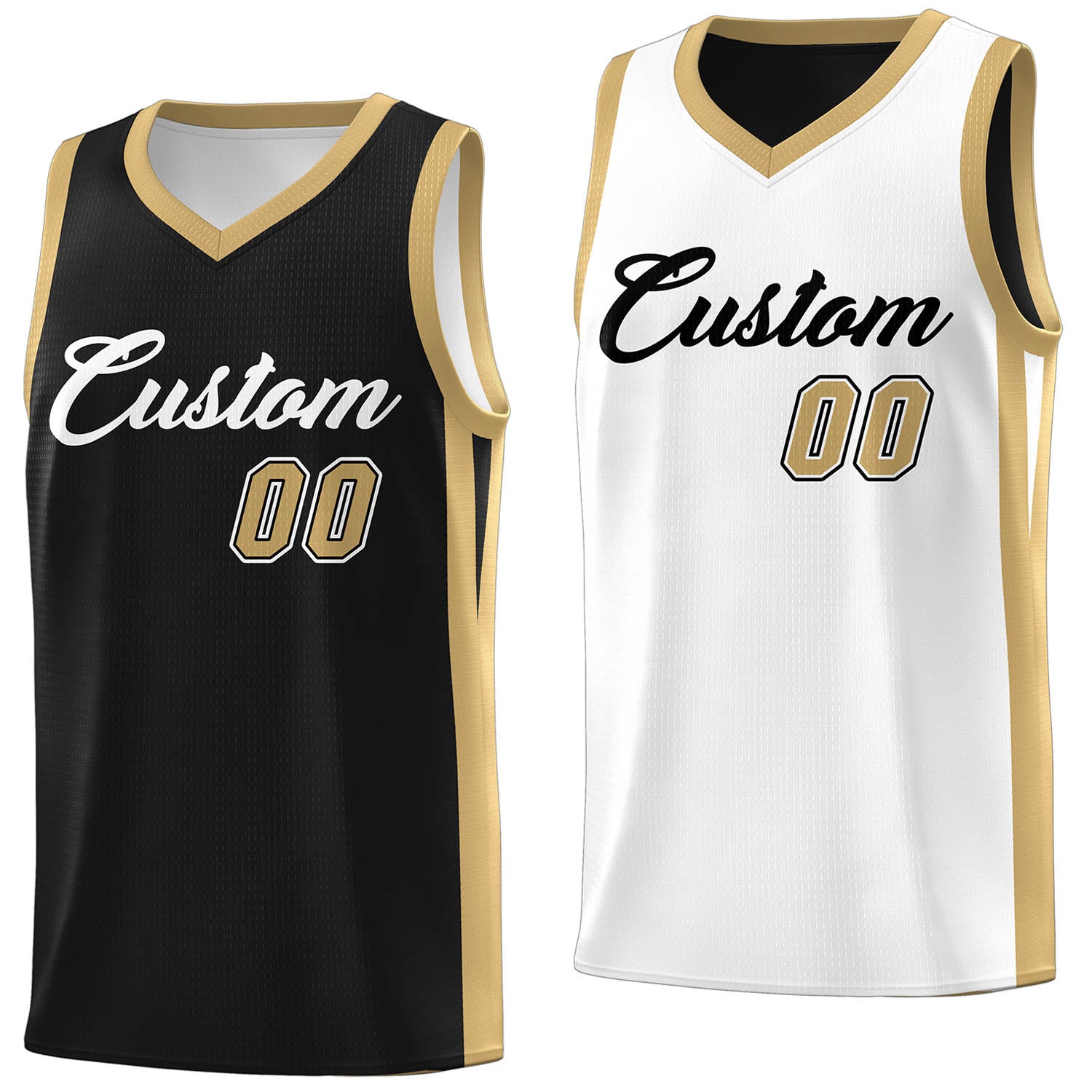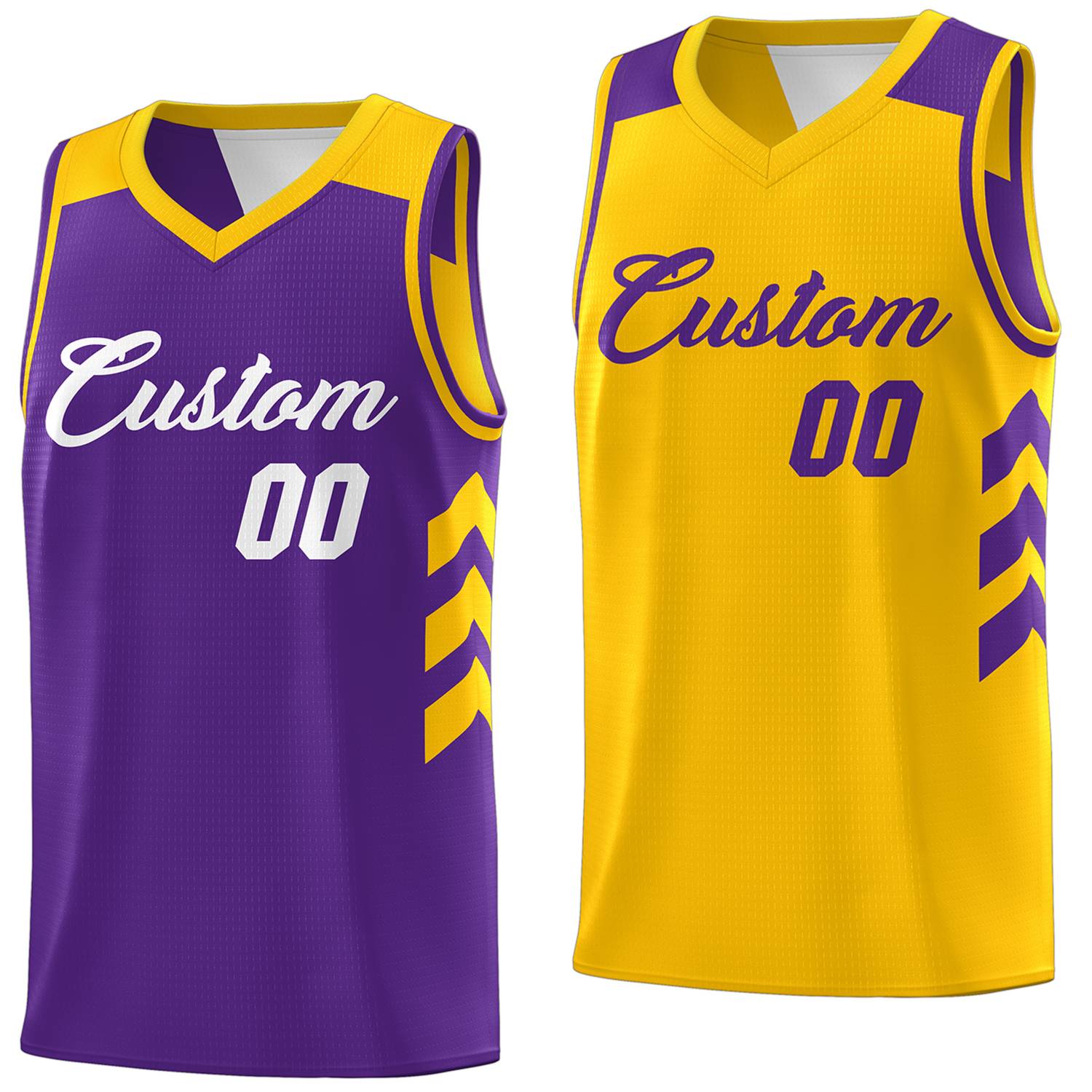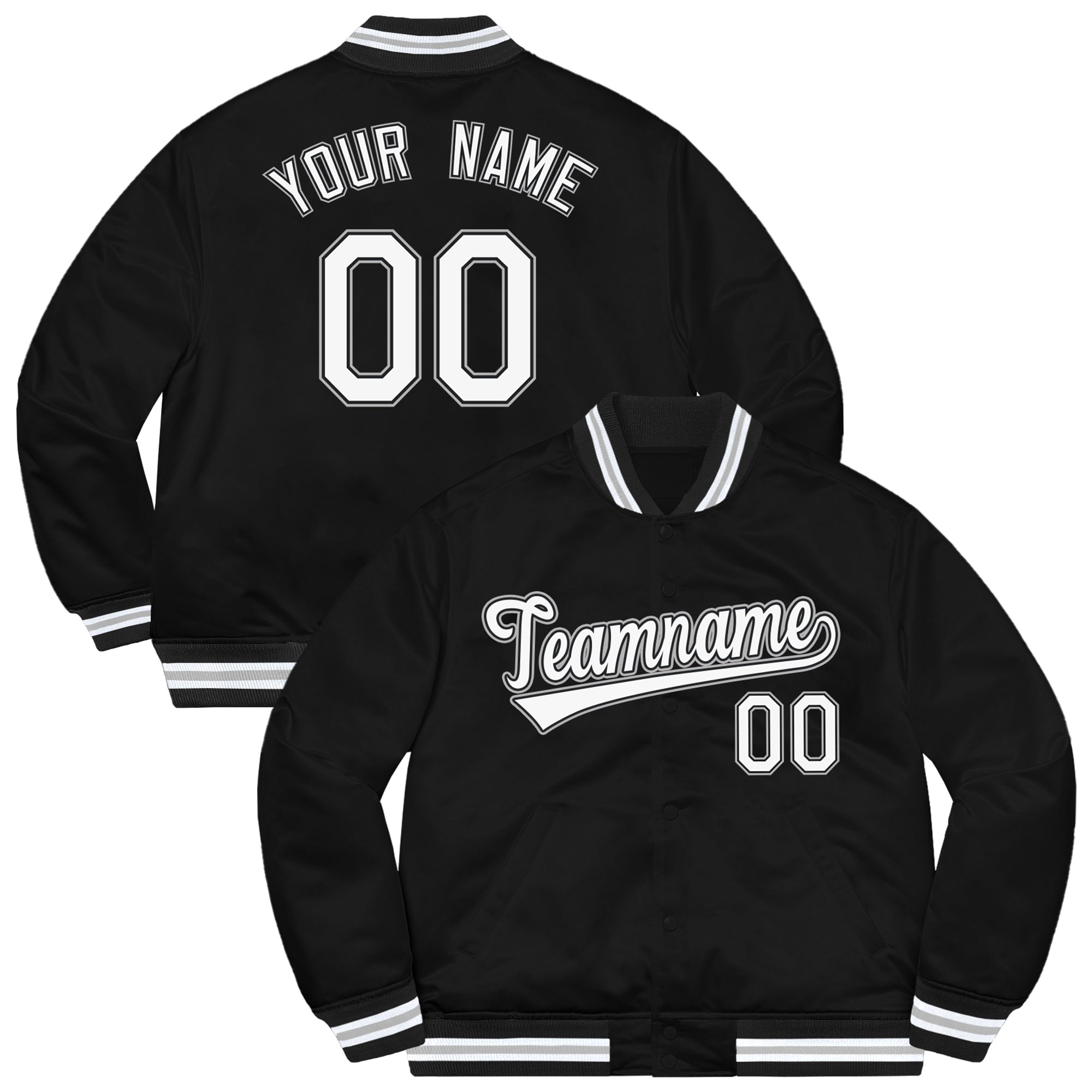Ice vs. Heat: Which One is Better for Recovery?
February 26, 2025 3 min read

When it comes to recovery after a workout or sports injury, many athletes wonder whether they should use ice or heat for relief. Both cold and heat therapies can offer unique benefits depending on the type of injury or discomfort you’re experiencing. Understanding when to use ice and when to use heat is key to speeding up recovery and reducing pain.
When to Use Ice: Cold Therapy for Acute Injuries
Ice is typically used for acute injuries or when swelling is present. The cold temperature helps reduce inflammation, numb pain, and limit the damage to tissue after an injury.
1. After a Sudden Injury (Sprains, Strains, or Impact Injuries)
If you injure yourself suddenly—like twisting an ankle during a basketball game or getting a hard hit to the shoulder—ice should be your first step. Ice helps reduce swelling and slows down blood flow to the area, minimizing the risk of bruising and tissue damage.
The numbing effect of ice can provide quick relief for pain. Ice also blocks the transmission of pain signals to the brain, which helps reduce discomfort in the affected area.
Example: Imagine you're playing basketball, and you make a quick movement to pivot, but you accidentally twist your knee. Immediately after the injury, applying an ice pack can help reduce swelling and numb the area, which provides immediate pain relief.

2. When You Notice Swelling
Swelling is a sign that your body is responding to an injury by sending extra fluid to the affected area. Ice helps to constrict blood vessels, which limits the amount of fluid that can build up and decreases swelling.
When to Use Heat: Heat Therapy for Muscle Tension and Chronic Pain
While ice is used for acute injuries, heat therapy is better suited for chronic conditions, muscle stiffness, and tension. Heat helps relax muscles, improve flexibility, and increase blood flow to the affected area.
1. For Muscle Tightness and Stiffness
If you have a muscle that feels stiff or tight—perhaps after a long workout or a sports game—heat can help by loosening up the muscle fibers. Applying heat can also promote blood flow, which brings nutrients to the area and helps speed up recovery.
Example: After playing a full basketball game, you might feel tightness in your lower back or shoulders. Applying a heating pad to those areas can help relax the muscles and relieve the discomfort that results from exertion.

2. To Improve Flexibility and Range of Motion
Before exercising, applying heat can help improve flexibility by loosening tight muscles. Heat is also effective for preparing muscles before a workout or stretching session.
3. For Chronic Pain
If you suffer from chronic pain, like muscle tension or discomfort from past injuries, applying heat can help relieve long-term aches and improve circulation to speed up recovery.
Ice vs. Heat: How to Use Them Effectively
Ice Application:
· Ice is most effective within the first 48 hours of an injury to reduce swelling.
· Apply ice for 20-30 minutes at a time. Be sure to have a cloth or towel between the ice and your skin to prevent frostbite.
· Use ice in 20-minute intervals, especially if you need to repeat the process over a few hours.
Heat Application:
· Heat should be used after the swelling has gone down or for chronic muscle pain.
· Apply heat for 15-20 minutes to the affected area.
· Use a heating pad, warm towel, or hot water bottle. Be cautious not to apply too much heat, as it can cause burns.
If the injury is severe or doesn't improve with ice or heat, consult a healthcare professional.
Ice or Heat? It Depends on Your Injury
In the end, the decision between ice and heat depends on the type of injury you’re dealing with. Understanding the right time to use each treatment can lead to faster recovery, reduced pain, and better overall results.
(Related: Do Most Sports Use Upper Body or Lower Body Strength?
Leave a comment
Comments will be approved before showing up.
Also in Sports

100 Funny Team Names / Group Names for Your Team
April 22, 2025 4 min read
A fun team name always makes a lasting impression, whether it's a college league or the next tournament. At Kxkshop, you'll find ideas for every sport.

What is AAU? What does AAU stand for? A Deep Dive into the Meaning and Significance of AAU in Sports
March 13, 2025 5 min read
AAU stands for Amateur Athletic Union, a term that has become synonymous with youth sports competitions in the United States.

Why Breathable Fabric Matters in Sports Performance
March 05, 2025 4 min read
Breathable fabrics can better promote air circulation and moisture management, keeping athletes cooler and more comfortable during intense activities.
Recent Articles
- 100 Funny Team Names / Group Names for Your Team
- What is AAU? What does AAU stand for? A Deep Dive into the Meaning and Significance of AAU in Sports
- Why Breathable Fabric Matters in Sports Performance
- Ice vs. Heat: Which One is Better for Recovery?
- How Sports Improve Mental Health and Reduce Stress


